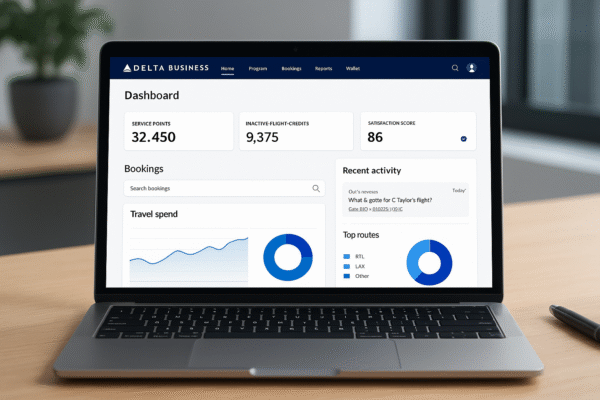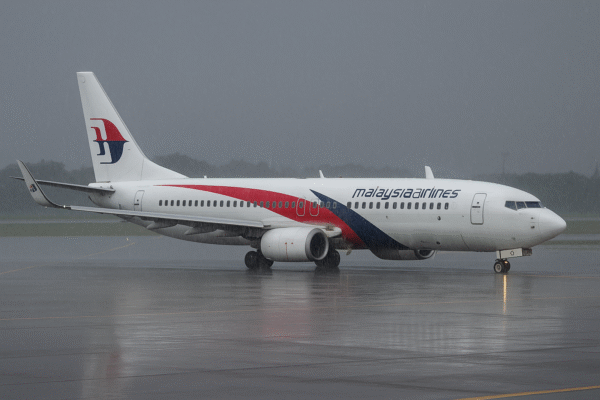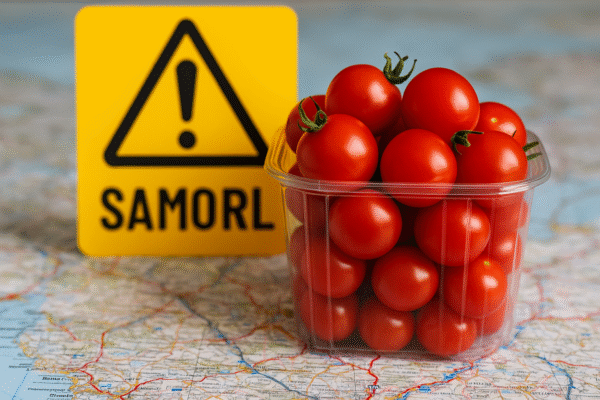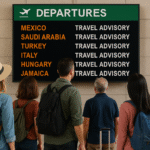Travelers planning trips to Europe in 2025 face heightened health warnings due to an ongoing Salmonella outbreak connected to cherry tomatoes. Health authorities have confirmed nearly 300 infections since 2023, with Italy, Germany, and Austria identified as the most heavily affected countries. The outbreak is tied to Salmonella Strathcona, a persistent strain that resurfaces seasonally, particularly during summer months when fresh produce is widely consumed.
For tourists heading to Italy’s bustling food markets, Germany’s summer festivals, or Austria’s culinary hubs, understanding the risks and safety measures is vital. Public health agencies emphasize that awareness and caution can help prevent infection while still allowing visitors to enjoy Europe’s renowned cuisine.
Scale of the Outbreak
The outbreak has been ongoing since early 2023, with 289 confirmed cases reported across 16 European nations, alongside cases in the United States and Canada. Italy tops the list with 78 confirmed infections, followed by significant numbers in Germany and Austria. Smaller outbreaks have also been documented in France, the UK, and other countries.
Health experts note that the strain’s seasonal return makes it a recurring threat. Between June and October—peak travel months in Europe—the risk of encountering contaminated tomatoes increases significantly. The affected tomato varieties, ciliegino and datterino, are staples in Mediterranean cuisine, making them a common part of tourist meals.
Why Tomatoes Are a Repeat Culprit
This is not the first time tomatoes have been linked to Salmonella outbreaks. Genetic studies reveal that similar bacterial strains have been circulating since at least 2011. Despite stricter monitoring, the contamination source has proven difficult to eliminate. The European Centre for Disease Prevention and Control (ECDC) warns that contaminated tomatoes may be entering supply chains at multiple points, from farming practices to distribution networks.
In 2024, outbreaks tied to tomatoes in Italian schools and childcare facilities made headlines, with hundreds of children falling ill. These events highlight the continued vulnerability of fresh produce to bacterial contamination and the public health challenge of preventing repeat outbreaks.
Impact on Tourism
Tourism is a cornerstone of European economies, particularly in Italy, Germany, and Austria. The outbreak adds another layer of concern for travelers who are already mindful of post-pandemic health risks. The risk for tourists is primarily associated with consuming raw tomatoes in restaurants, markets, or street food stalls.
American and Canadian tourists have also been affected, with several confirmed cases linked to recent travel in Europe. Experts emphasize that even after returning home, individuals can still experience symptoms if exposed abroad, raising concerns for global travelers.
How Travelers Can Stay Safe
To minimize the risk of infection, tourists are advised to adopt food safety practices during their travels:
- Avoid raw tomatoes unless verified safe. Cooked dishes such as pasta sauces and roasted vegetables pose far less risk since heat kills Salmonella.
- Choose trusted food sources. Opt for reputable restaurants and avoid raw produce from informal street vendors or unregulated markets.
- Practice strict hygiene. Wash hands thoroughly after handling raw produce and before meals.
- Stay informed. Monitor updates from national health agencies and international organizations to keep track of affected regions.
Symptoms of Salmonella include nausea, vomiting, diarrhea, abdominal cramps, and fever. Travelers experiencing these should seek medical attention promptly.
Government Response
European health authorities are actively tackling the outbreak. Italy has increased inspections and testing of tomatoes, particularly those grown in Sicily, suspected as a primary contamination source. Germany and Austria have boosted their surveillance systems, focusing on both imports and locally produced tomatoes.
Authorities are also investigating environmental factors, such as irrigation water quality and soil contamination, which could contribute to recurring outbreaks. Enhanced safety measures at farms and stricter distribution monitoring are being considered to curb the spread.
Long-Term Concerns
Experts caution that this Salmonella outbreak is unlikely to disappear quickly. Its seasonal recurrence suggests that unless the root causes are fully addressed, outbreaks may continue in coming years. Climate factors, intensive farming practices, and global supply chains all contribute to the challenge of eliminating contamination.
For tourists, this means that caution is necessary not just in 2025 but likely in subsequent travel seasons. Until permanent solutions are implemented, awareness and preventive measures remain the best tools for staying safe.
Key Takeaways for Tourists
- Italy, Germany, and Austria are the outbreak hotspots.
- Nearly 300 confirmed cases since 2023 show the scale of the threat.
- Avoid raw tomatoes and prioritize cooked meals to reduce risk.
- Travelers should remain vigilant, especially during summer months.
- Governments are stepping up testing and monitoring, but long-term solutions are still in progress.
Final Word
Europe remains one of the most attractive travel destinations in the world, offering vibrant cultures, history, and gastronomy. While the tomato-linked Salmonella outbreak has raised concerns, informed travelers can still enjoy their journeys safely. By staying cautious, following health advisories, and making careful food choices, tourists can reduce their risks and continue to explore Europe’s rich culinary and cultural offerings.
For more travel news like this, keep reading Global Travel Wire



















